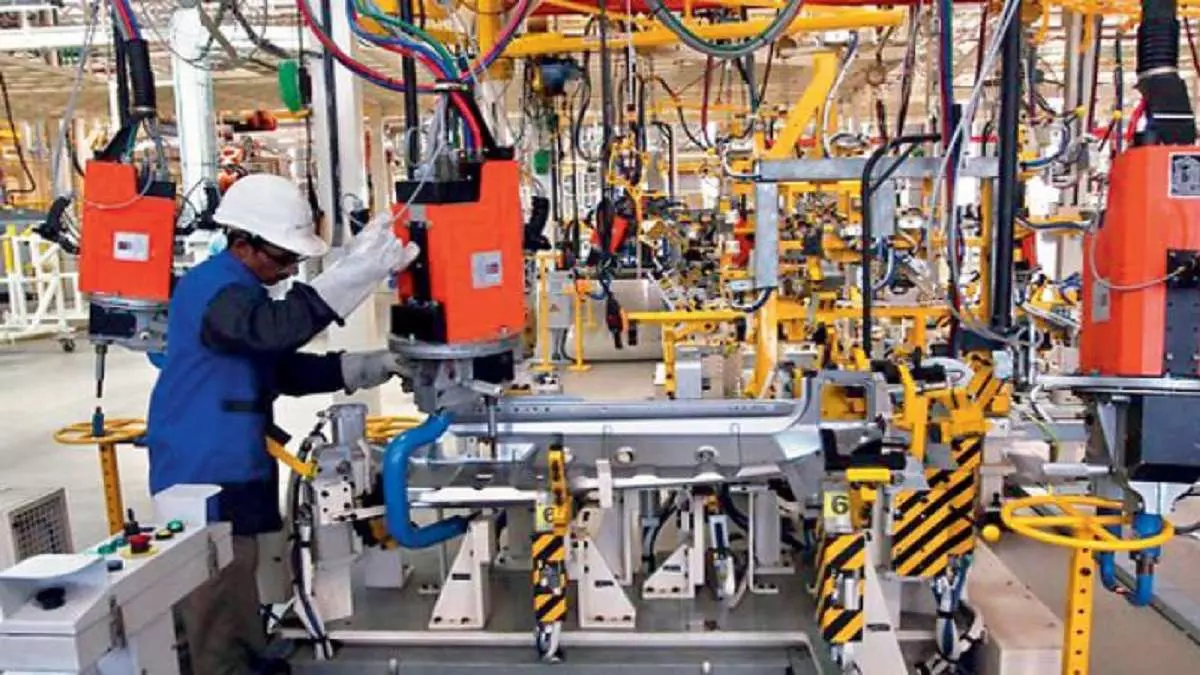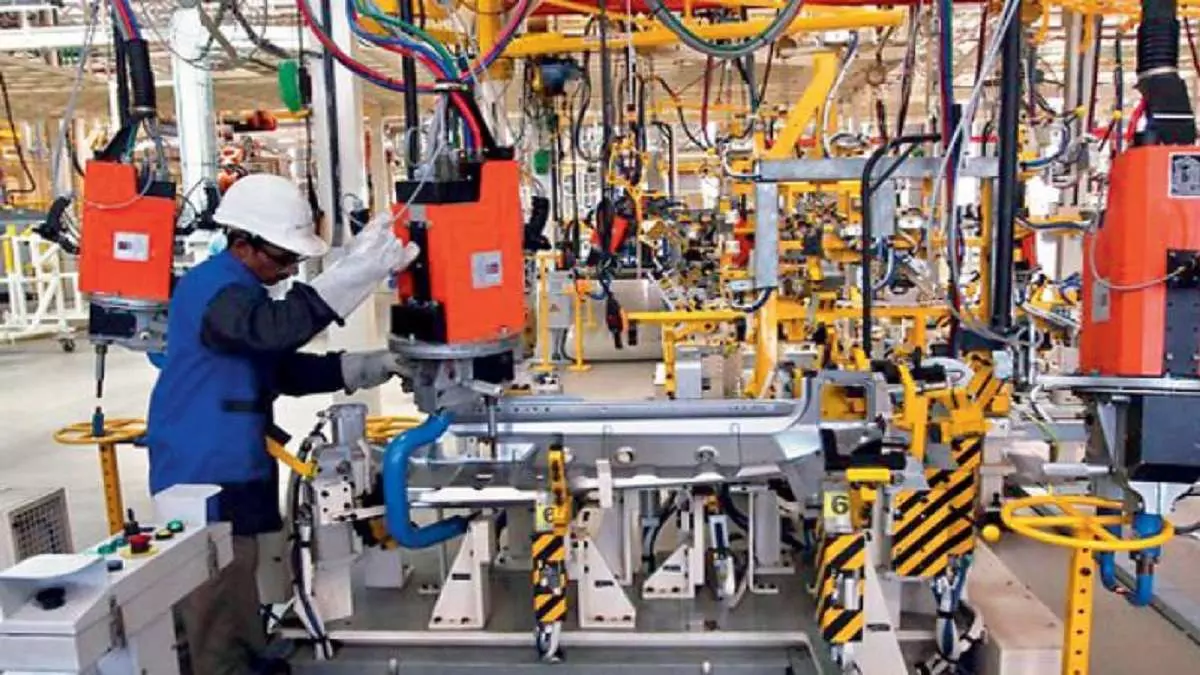
While the global trade prospects remain bleak, China’s exports grew 8.7 per cent in August to a 23-month high of $308.65 billion. The 8.7 per cent value growth achieved after slashing the prices of goods indicates a huge surge in export volumes.
“China is experiencing a slump in domestic demand, which is evident from several economic indicators, including credit demand and property sales. The excess capacity of industrial units is forcing China to cut the price and push products into the global market,” said Ajay Sahai, secretary general, Federation of Indian Export Organisations.
As the US, Europe, and other major markets are implementing trade remedial measures, including anti-dumping duties, Indian industry is also equally affected. Despite the ultra-low prices of goods, India’s imports from China rose 15.5 per cent to $10.8 billion in August while exports declined 22 per cent to $1 billion.
India, the second largest steel producer, saw finished steel imports from China reaching a six-year high at 3.7 million metric tonnes in the April-August period, while rolled steel imports went up 31 per cent. Meanwhile, copper and aluminum exports from India have lost their global market share due to cheaper Chinese metals.
“Industry is concerned about the surge in imports of steel into India at predatory prices and the threat posed by China’s downturn,” the Indian Steel Association informed the government while asking for a duty hike. The US has already imposed a 25 per cent tariff on Chinese steel.
In pharma, the import of drug intermediates and bulk drugs used in the manufacture of Active Pharmaceutical Ingredients (APIs) and formulations has seen a surge. The total volume of imports from China grew by over 20 per cent during the first quarter of FY25, with the import volumes of some large molecules increasing by over 80 per cent. API prices have fallen between 20 per cent and 50 per cent due to the aggressive pricing by China. Meanwhile, Indian API exports are down by 8 per cent.
“Most of the pharma companies who are manufacturing APIs under PLI scheme are left with no buyers as domestic formulation makers are flooded with cheaper Chinese imports,” said PV Appaji, former director general of Pharmexcil.
Despite India being a net exporter of electronics, China has a huge stake in providing components. Further, several Chinese brands are importing mobile phone kits, assembling and selling them in the country. Chinese imports have hit India’s efforts to develop the electronics component ecosystem. “Value addition in electronics is less than 18 per cent due to the dependency on imports. Chinese imports in the sector are around $30 billion and we have to work towards creating the entire ecosystem,” said Ashok Chandak, president of India Electronics and Semiconductor Association.
Low-priced Chinese imports have been a long-standing issue for plastic manufacturers. “Finished goods imports rose 16 per cent between January and June. Of the $12 billion worth of plastics imports, China accounts for 49 per cent. Indian products have been losing space in retail shelves to Chinese products as the retailers are free to decide their margins on those products against the MRP fixed on Indian products,” said Jayesh Rambhia, past president of All India Plastic Manufacturers Association.
Imports of paper and paperboards reached 19.3 lakh tonnes in FY24, a rise of 34 per cent over 14.3 lakh tonnes imported in the previous year. Chinese import volumes grew 20 per cent in FY24, while it has been growing at a CAGR of 41 per cent for the past three years.
As far as chemicals are concerned, imports of Soda Ash increased to 10.41 lakh MT in FY24, a huge 80 per cent jump from the imports in the previous year, affecting domestic capacity utilization and bottom-lines, said Alkali Manufacturers Association of India (AMAI).
While anti-dumping duty imposed on Chinese tyres has helped curb the products flooding the market, non-tyre rubber products are still suffering from the onslaught of cheaper imports. Toy industry has a high dependency on Chinese components. However, the Quality Council of India’s recent restriction on low-quality imports has been able to check the recent onslaught of Chinese goods. In the case of non-leather footwear also QCI intervention has been effective.
According to Sahai, the government has to keep a close watch on different sectors and take trade remedial measures. WTO-regulated remedial measures are adequate to control any such dumping.
“The surge in Chinese exports we saw in the past few months could be due to frontloading of products before the trade tariffs imposed by markets like the US and Europe come into effect. I hope that this could ease in the coming months,” he said.
